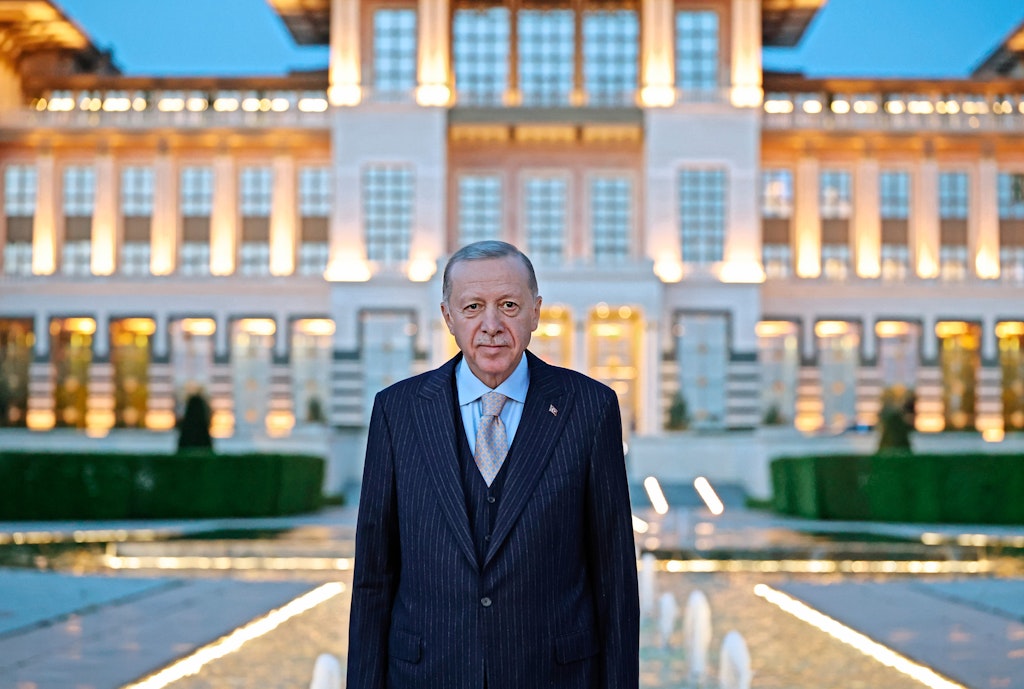Swiss cheese
Milly Ffyne shares an excellent but dispiriting fondue in the alpine haunt of the international jet set
What does the phrase “international jet set” mean to you? Me neither, but there are some places to which this particular cliché clings like Russell Brand’s hands to the intern’s … anyway, it still hangs queasily round the Swiss resort of Gstaad.
If “international jet set” were a perfume, it would evoke a redolent base of stale cigar smoke with top notes of Joan Collins’s gusset. Whatever glamorous cachet the words may once have conveyed, they have been reduced to the rapey-eyed oldsters wearing Orlon rollnecks under blazers, listlessly clicking backgammon stones in the lobby of the Palace Hotel through the long, long half hour between breakfast and first orders. And that’s just the ladies.
I’d dreamed of going to Gstaad ever since reading Shirley Conran’s inimitably bonkers bonkbuster Lace. Who wouldn’t want to be “finished” amidst sublime mountain scenery, hot chocolate, strudel and dashingly handsome Persian princes casually handing out fur coats?
As it turned out, Gstaad is a non-place for non-people. The skiing’s not too bad and there’s a high street in the village where johns can buy handbags for their girlfriend experiences, but the glacier is dingy and sorrowful these days and the crystalline air leaden with the exhaust fumes of all the Porsche Cayennes.
Perhaps the most interesting thing about Gstaad is that it manages to be simultaneously dull and vulgar, but things get properly ominous at the Palace (below left), the Hotel California of the Bernese Oberland.
Given that it was built in 1913, on the brink of Old Europe’s collective suicide, it might be that the Palace sees itself as the last bastion of a vanished civilisation, but any such aspiration is dashed by the vacuity of the Disney architecture.
A baleful, crenelated dragon, it squats lonely on its crag, feeding on its gilded past. Michael Jackson loved it so much he tried to buy it, and in 2022 it was the location for Roman Polanski’s latest film The Palace.
There are numerous restaurants, including La Fromagerie, which has been ladling out fondue in a former underground bunker since the early Seventies. La Fromagerie has been described as the “quirkiest” fondue joint in the world: “staggeringly tactless” might be more appropriate.
The restaurant’s history as a depository for the Swiss Bank Corporation’s gold bullion during World War Two is proudly flagged up (there’s even a lame attempt to connect said gold with the steaming streams of Gruyère), yet oddly no mention is made of the lawsuit launched in 1995 by the World Jewish Congress against SBC, UBS and Credit Suisse in an attempt to recover deposits made by Holocaust victims.
The banks argued that since the concentration camps had failed to issue proper death certificates they were terribly sorry, but they couldn’t return the money. What better way to celebrate their defeat and a settlement which eventually saw $1.28 billion disbursed to cheated families than to continue to serve cheese and speck where the loot was stashed?
Still, one doesn’t get the sense that the international jet set were ever big on irony and I had been invited to add my own chapter to the Palace’s story and “live my dream”, so it was sleeves up and on with the dinky spirit lamps and those long spoons which illustrate the difference between heaven and hell. (I thought the image came from Dante’s Inferno, but it turns out the parable originated with Rabbi Haim of Romshishok).
La Fromagerie was given a facelift a few years ago, but retains the same décor as the original: gaily checked gingham tablecloths, lots of wood and rustic cast iron thingummies, but cosy it is not.
The atmosphere ought to invoke a wholesome, outdoorsy feeling to complement the heartiness of the menu, but most of the guests looked as though they’d been doing nothing more strenuous than changing their official residence from Monaco to Guernsey.
As melted cheese goes, the fondue was pretty good. There’s obviously a version with Champagne, or truffle, or both, because nothing whispers sophistication like a split of Veuve in your Vacherin. Slivers of Simmental beef were gutsy and flavourful, the salads made you feel healthier just by looking at them and the potatoes for the raclette were nutty, nubbly rattes, good enough to munch unadorned.
The wine list is heavy on Champagne and sober, serious vintages. La Fromagerie ought to be a hoot, secluded, convivial and satisfying, but aside from the fun of watching some of the customers negotiate the cubes of bread and the dipping — probably the nearest many of them ever come to actually cooking something — it isn’t.
The food is excellent, of its type, the staff strike just the right balance between informal and impeccably trained, yet like the Palace and Gstaad itself, the restaurant can’t rise to joy.
Maybe it’s the feeling that something sinister is lurking just beyond your sightline, or maybe the ennui emanating from all those hundred-ply Loro Piana sweaters, but La Fromagerie gave me the creeps, as though at any moment the ghost of Claus von Bülow might rattle forth from a concealed sportsman’s cupboard singing “Where Do You Go To My Lovely”.
La Fromagerie is perfectly smart and quite delicious, but I’d rather eat somewhere I was convinced my fellow diners were still alive.
This article is taken from the November 2023 issue of The Critic. To get the full magazine why not subscribe? Right now we’re offering five issues for just £10.
Enjoying The Critic online? It's even better in print
Try five issues of Britain’s newest magazine for £10
Subscribe














